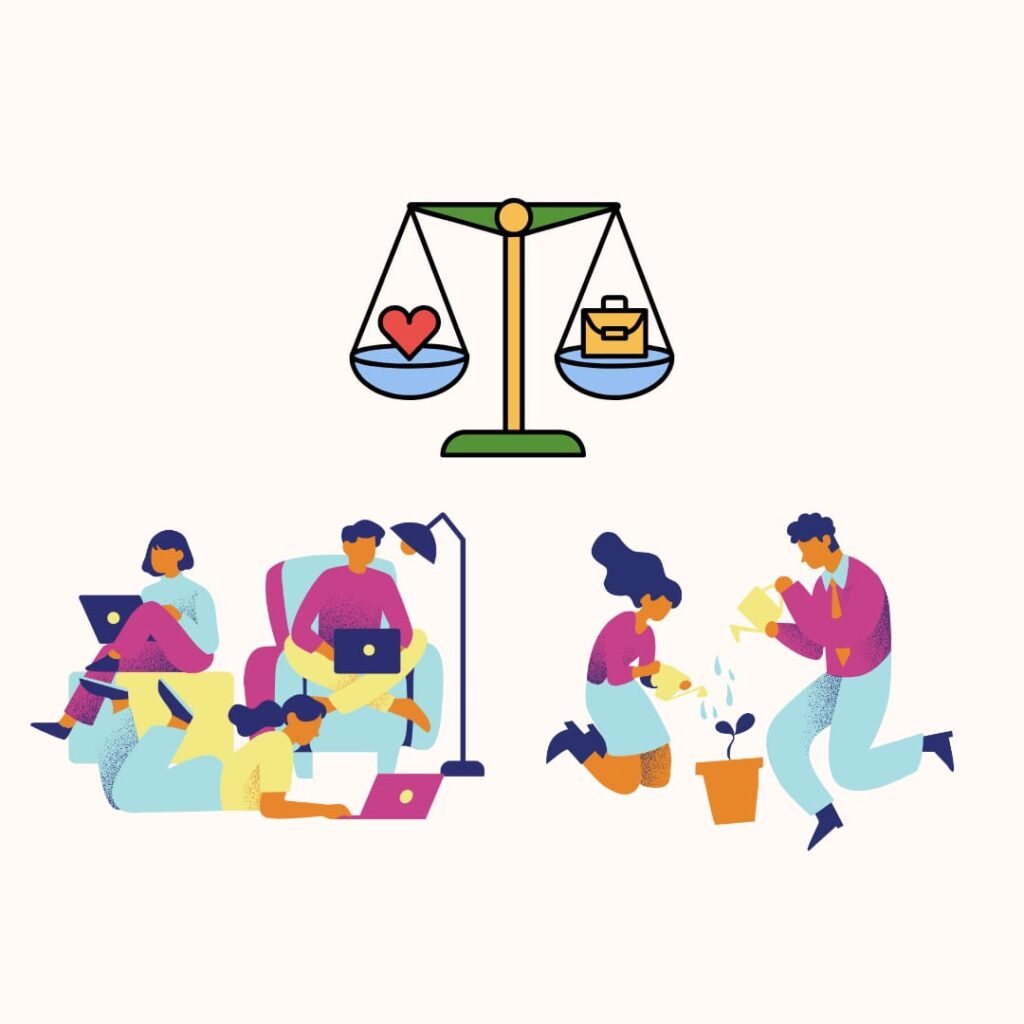
In our life, the boundary between work and personal life is becoming increasingly blurred. With emails, deadlines, and client calls following us home, many people find themselves struggling to balance their professional and personal responsibilities. This imbalance often leads to stress, burnout, and health issues. Achieving work-life balance is no longer a luxury – it is a necessity for long-term success and well-being.
Why Work-Life Balance Matters
Work-life balance is about maintaining a healthy distribution of time and energy between career demands and personal life. When this balance is disrupted, people often experience fatigue, reduced productivity, strained relationships, and declining mental health. On the other hand, when balance is achieved, individuals enjoy improved focus, creativity, job satisfaction, and overall happiness.
Common Challenges
Technology overload: Being available 24/7 makes it difficult to disconnect.
Long working hours: Extended schedules leave little time for family or self-care.
Pressure to perform: High expectations at work often overshadow personal priorities.
Neglecting health: Skipping meals, lack of exercise, and insufficient sleep.
Strategies for Achieving Work-Life Balance
- Set Clear Boundaries: Define your working hours and stick to them. Avoid checking work emails late at night.
- Prioritize Tasks: Use tools like to-do lists or planners to focus on what really matters each day.
- Learn to Say No: Not every request requires your “yes.” Protect your time by declining tasks that overload you.
- Take Care of Your Health: Exercise regularly, eat balanced meals, and get enough sleep to stay energized.
- Make Time for Relationships: Spend quality time with family and friends to strengthen emotional connections.
- Practice Mindfulness: Techniques like meditation, journaling, or deep breathing can help manage stress.
- Take Breaks & Vacations: Short breaks during work and periodic holidays help refresh the mind.
- Seek Support: Don’t hesitate to delegate or ask for help, whether at home or at work.
The Role of Organizations
Work-life balance isn’t only an individual responsibility. Employers also play a vital role by:
Encouraging flexible working hours.
Providing wellness programs.
Promoting a culture that respects personal time.
Recognizing employee achievements without overburdening them.
Final Thoughts
Work-life balance is not about dividing time equally but about finding a rhythm that allows you to thrive both professionally and personally. Remember, your career is one part of your life – health, relationships, and self-growth are equally important. By making conscious choices and setting healthy boundaries, you can lead a more fulfilling life.
🌸 Balance isn’t something you find; it’s something you create.
Keywords: Stress Management, Work – life balance, Psychology, Flexibility, Time Management, Mental Health, Well Being, Boundaries, Quality of life, Harmony, Rests and Recovery, Mindfulness, Burnout Prevention

Leave a Reply